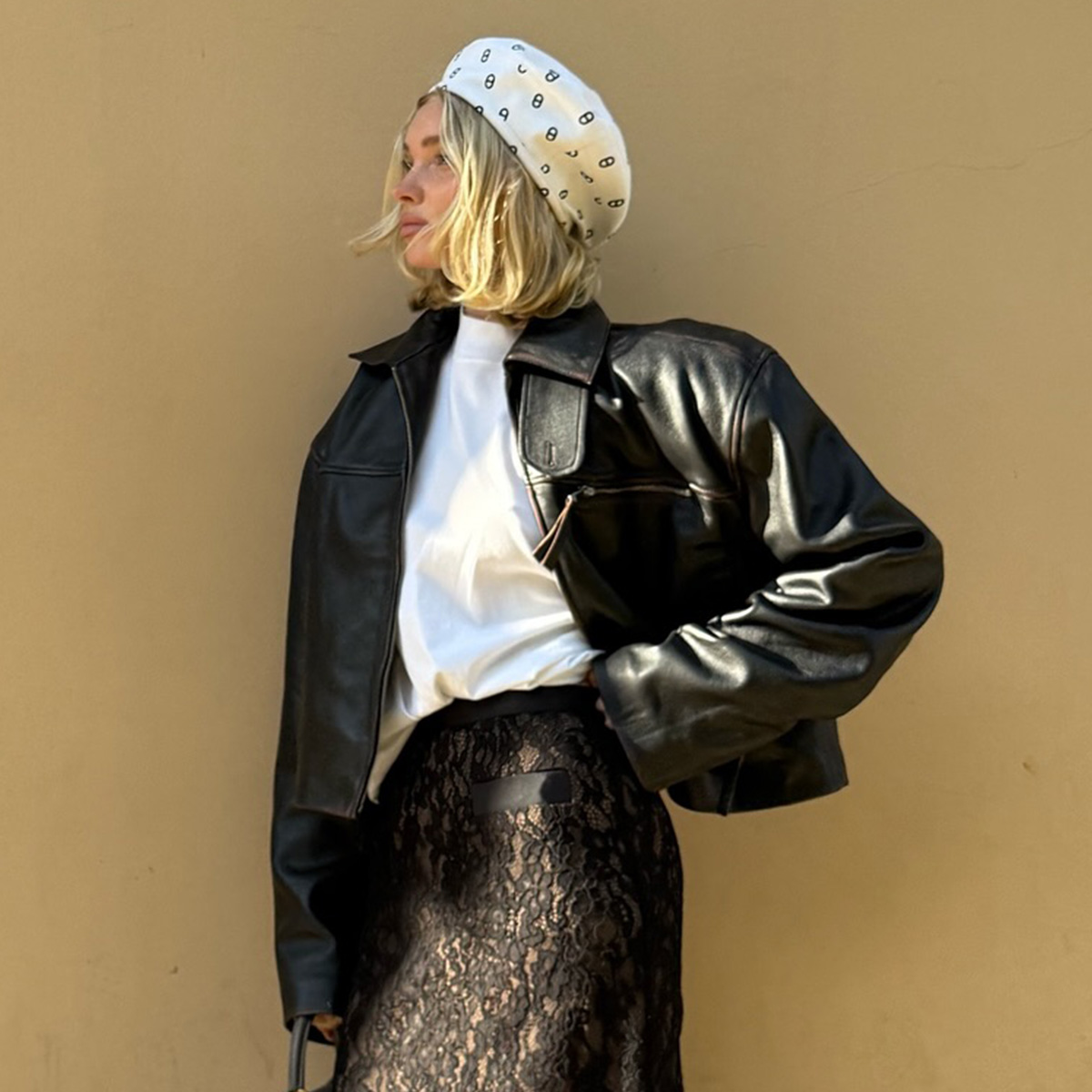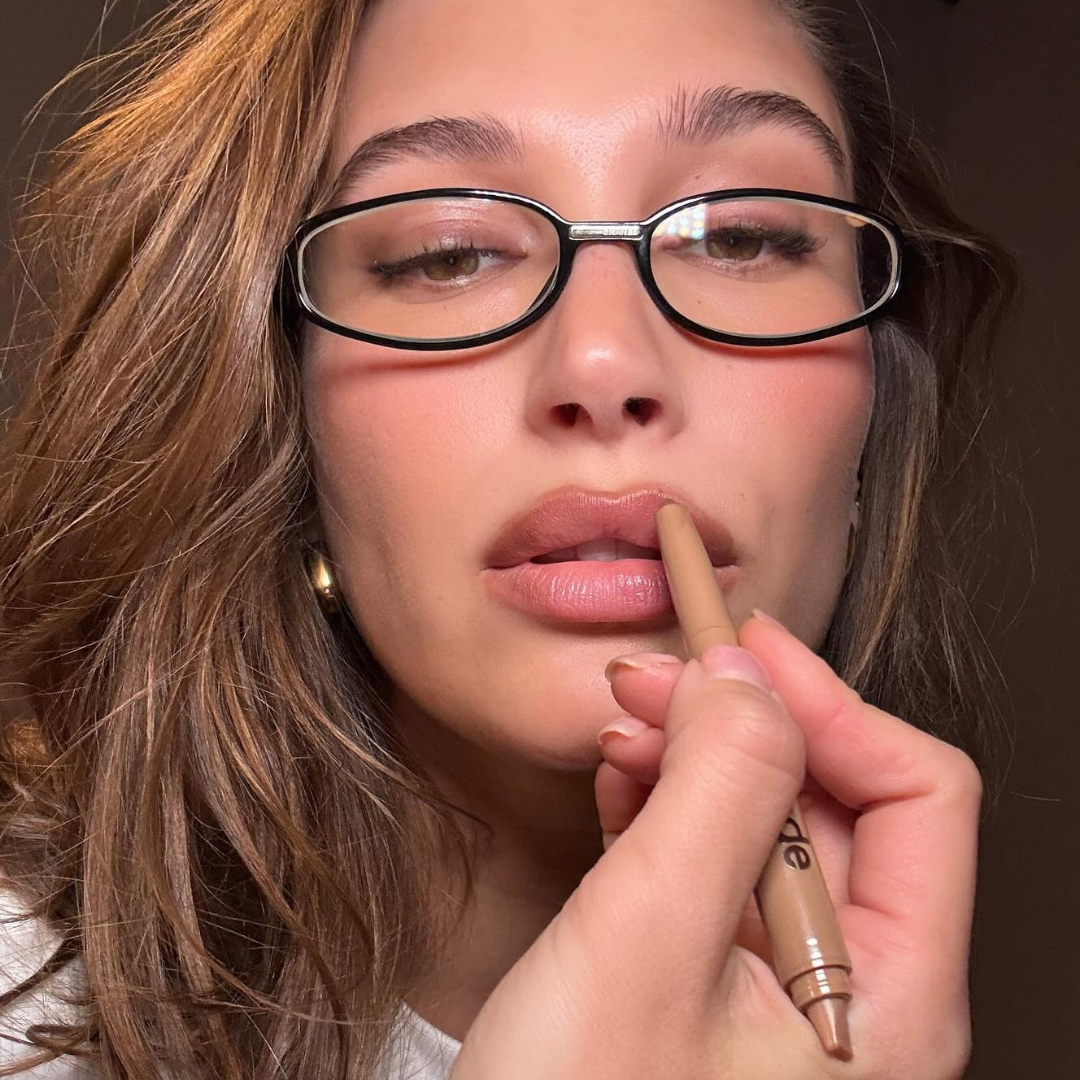Dermatologists Say These Products Work Wonders on Milia
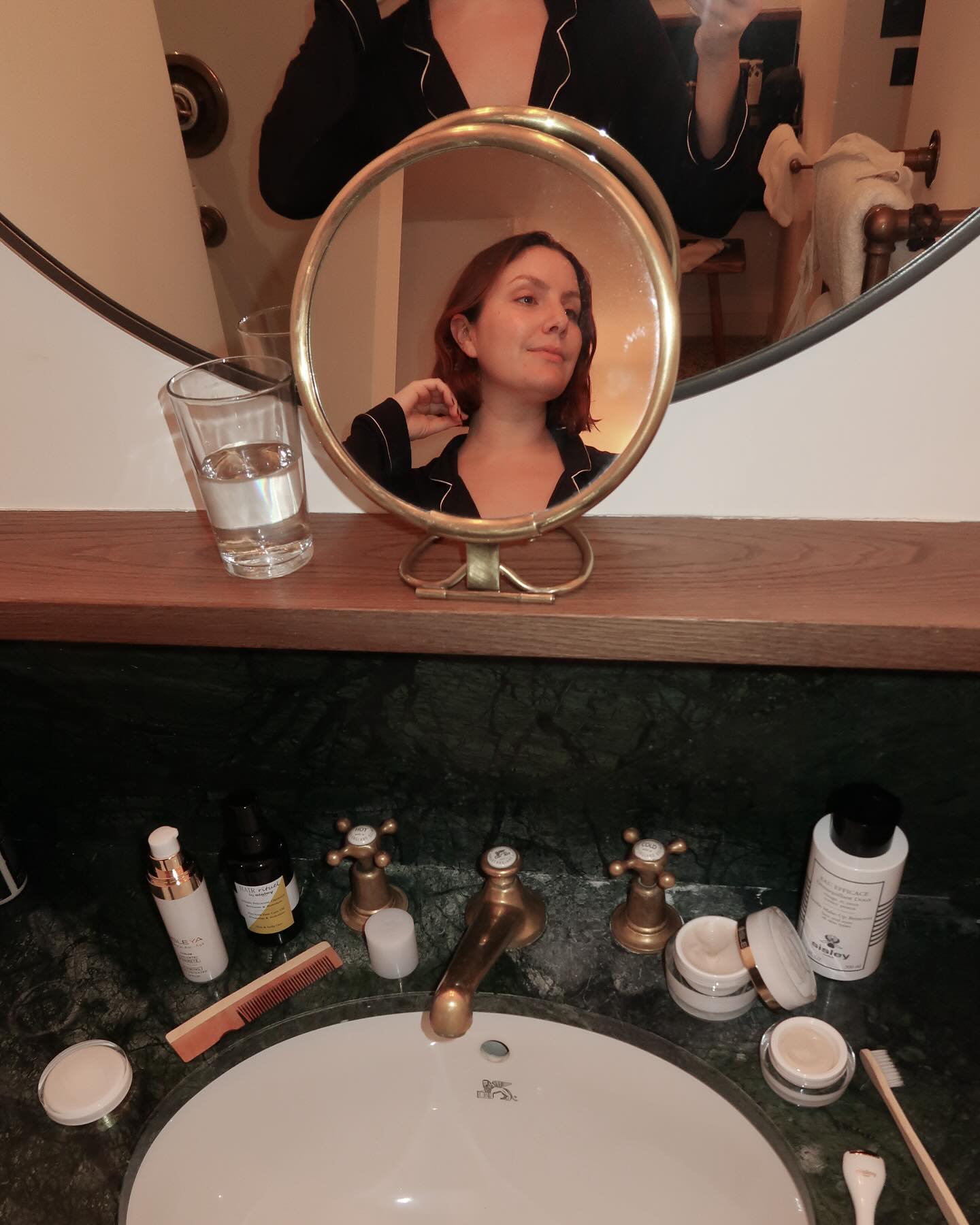
Milia can be annoying to deal with because it's not acne, but they still cause visible blemishes on the skin. Not to mention they can be tricky to get rid of on your own. If you're not quite sure what I'm talking about here, here's an explainer: "Milia appear as tiny white bumps, usually on the face," says Ife Rodney, MD, FAAD, of Eternal Dermatology and Aesthetics. "They are made of a clogged hair follicle filled with dead skin and oily material."
What Causes Milia?
What exactly causes these little bumps to form? There are a few factors. "Milia occur when the dead skin becomes trapped," explains Marisa Garshick, MD, FAAD. "Although some people may be more susceptible than others, milia can occur without any specific trigger and may be present in newborns or those of any age or can occur secondary to some type of injury to the skin in the form of burns, trauma, blistering disorders, or certain cosmetic procedures, such as chemical peels, dermabrasion, or laser resurfacing—though in these settings it may be temporary. While especially common in newborns, it can occur in all ages, genders, races, and ethnicities. Sometimes, they can appear after using certain skincare products. Because milia are also common around the eye area, sometimes people will notice milia forming after using a new eye cream. If this is the case, it is best to stop the product temporarily, but then it is okay to resume it, as it is often just an adjustment as opposed to an allergy. If it's related to a product, stop the product."
Other causes of milia could be genetics and skin trauma due to sun damage (so wear your SPF), adds Kathleen Viscusi, MD, FAAD, FACMS, co-founder and partner at Dermatology and Surgery Specialists of North Atlanta (DESSNA).
How to Prevent and Treat Milia
If this sounds all familiar to you, there are a few routes you can take to erase them from your skin. One is by seeing a dermatologist for an extraction-type procedure—this is the most effective way to deal with it. "A simple way to treat milia is to pierce the surface and squeeze the dead skin out," Rodney says. "This should only be done by a trained professional, as there is a risk of skin infection and scarring. Also, some milia are deeper in the skin and may not respond to this treatment." Chemical peels, laser treatments, and other procedures can be done as well. It just depends on your particular situation.
Second, you can try to treat them at home, but it may be more time-consuming and not as effective. Viscusi recommends still consulting a dermatologist or medical professional before you experiment with anything because they can provide an accurate diagnosis and treatment plan. "There are many different treatment options available for milia. At home, you can work in exfoliating products or prescription retinoids depending on what your derm recommends," she explains.
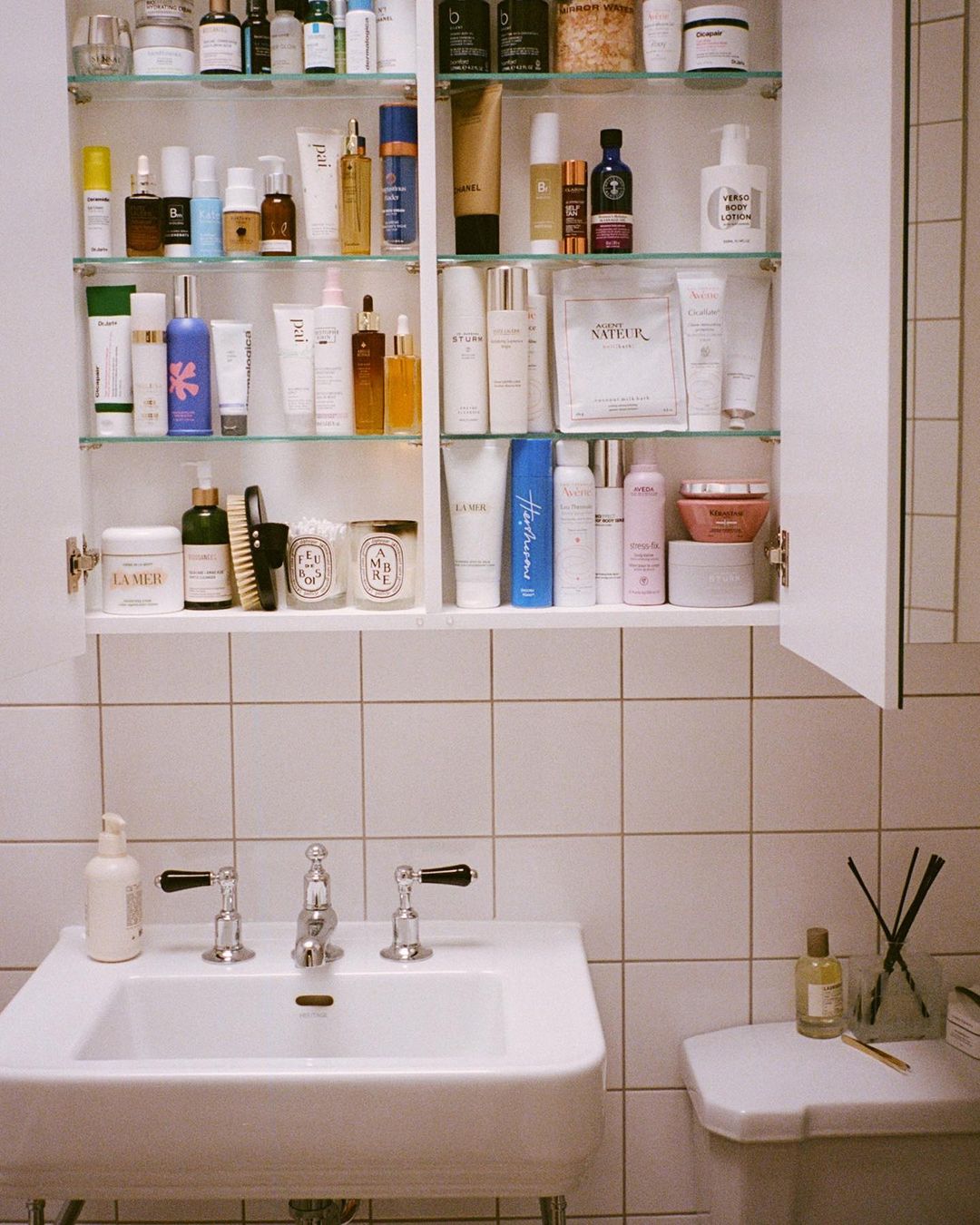
The Ingredients to Prioritize and Ones to Avoid
When you're searching for products to treat milia, look for certain ingredients that can clear the clogged follicles. "Look for products that contain benzoyl peroxide—specifically the 5% formulation is just as effective but less irritating to the skin than higher concentrations," says Rodney. "Products with salicylic acid and alpha hydroxy acids are great as well. The most important point to note is that these will not remove your milia overnight, so be patient. Overusing these products or scrubbing the milia will only irritate your skin."
You can also prioritize ingredients that promote turnover. "Some ingredients can be helpful to prevent milia formation, which can include retinoids to help regulate skin-cell turnover, preventing a buildup of dead skin and exfoliating acids to help eliminate dead skin cells," Garshick says. "In terms of retinoids, it is possible to use over-the-counter retinols, retinol alternatives, and prescription retinoids. In some cases, it may be applied as a spot treatment but often is best when applied all over to prevent new ones from coming."
You'll want to avoid products that could make the situation worse—Viscusi recommends staying away from pore-clogging products and heavy creams, especially around the eye area. Jenny Liu, MD, FAAD, says consistent use is key here, but she doesn't recommend using all of these ingredients at once. "Avoid areas like the eyelid, neck, and lips, which can cause irritation," she adds.
Don't overdo the treatment—these products won't erase the milia overnight, so patience is key. Be careful not to overscrub or overuse the products. Ready to try to treat or prevent milia at home? Take a look at these options below.
The Best Products for Milia
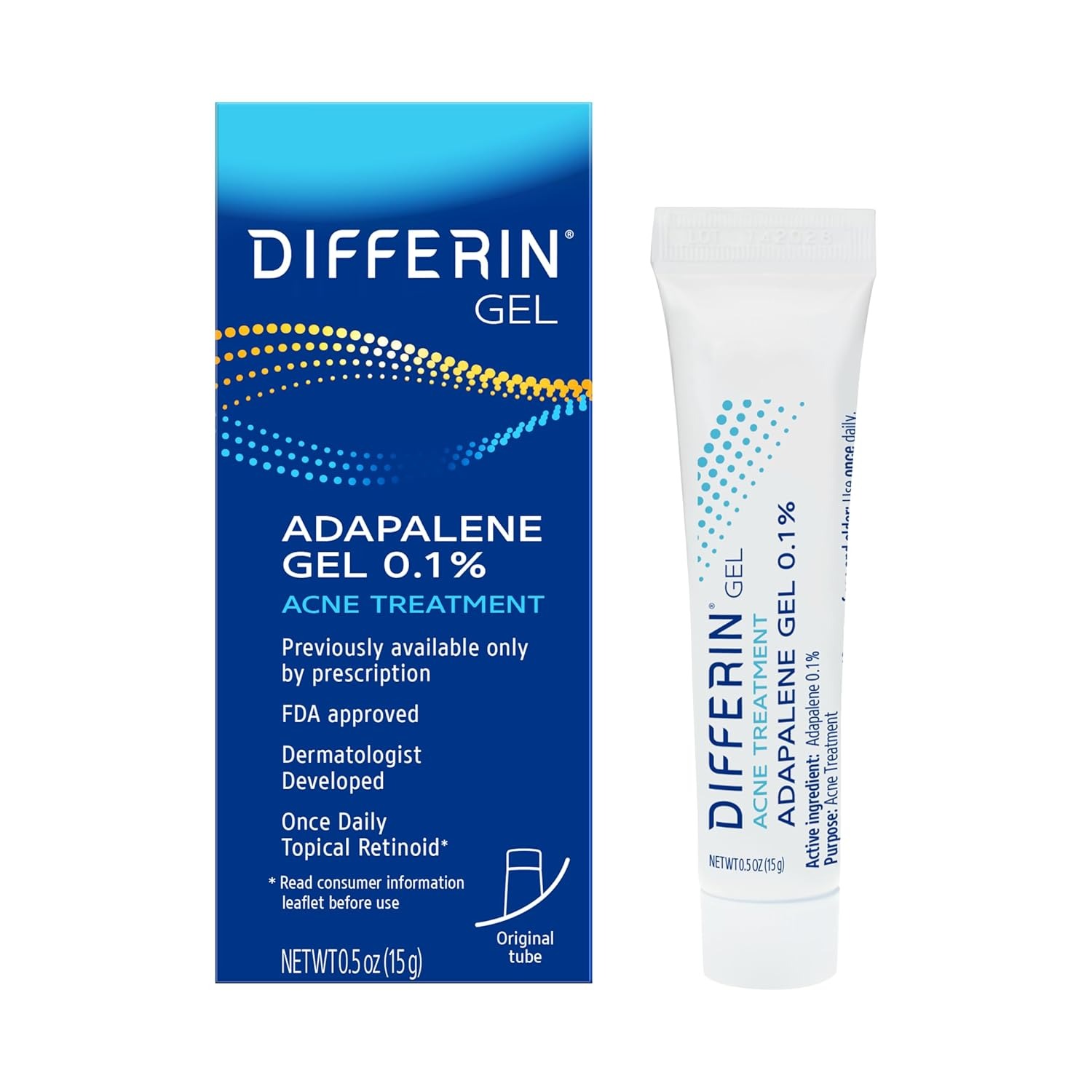
Garshick and Viscusi recommend Differin's retinoid. "This OTC retinoid works to help reduce acne breakouts and can also help in the prevention and treatment of milia," Garshick says. "Using a specific retinoid known as adapalene, this previously prescription-only gel should be introduced two to three times per week, and the frequency can be increased as tolerated."
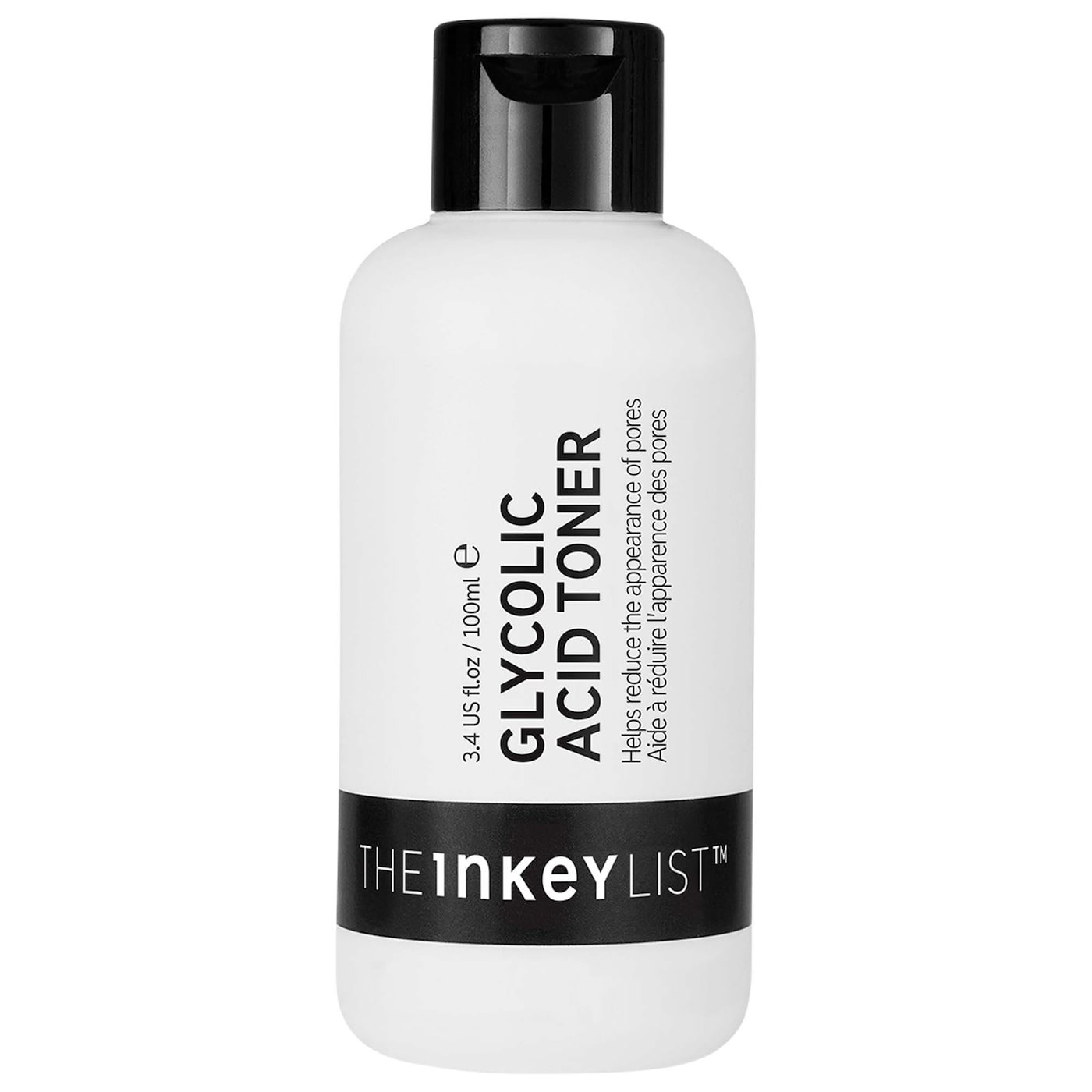
Liu suggests using this toner a few times weekly to support skin turnover.
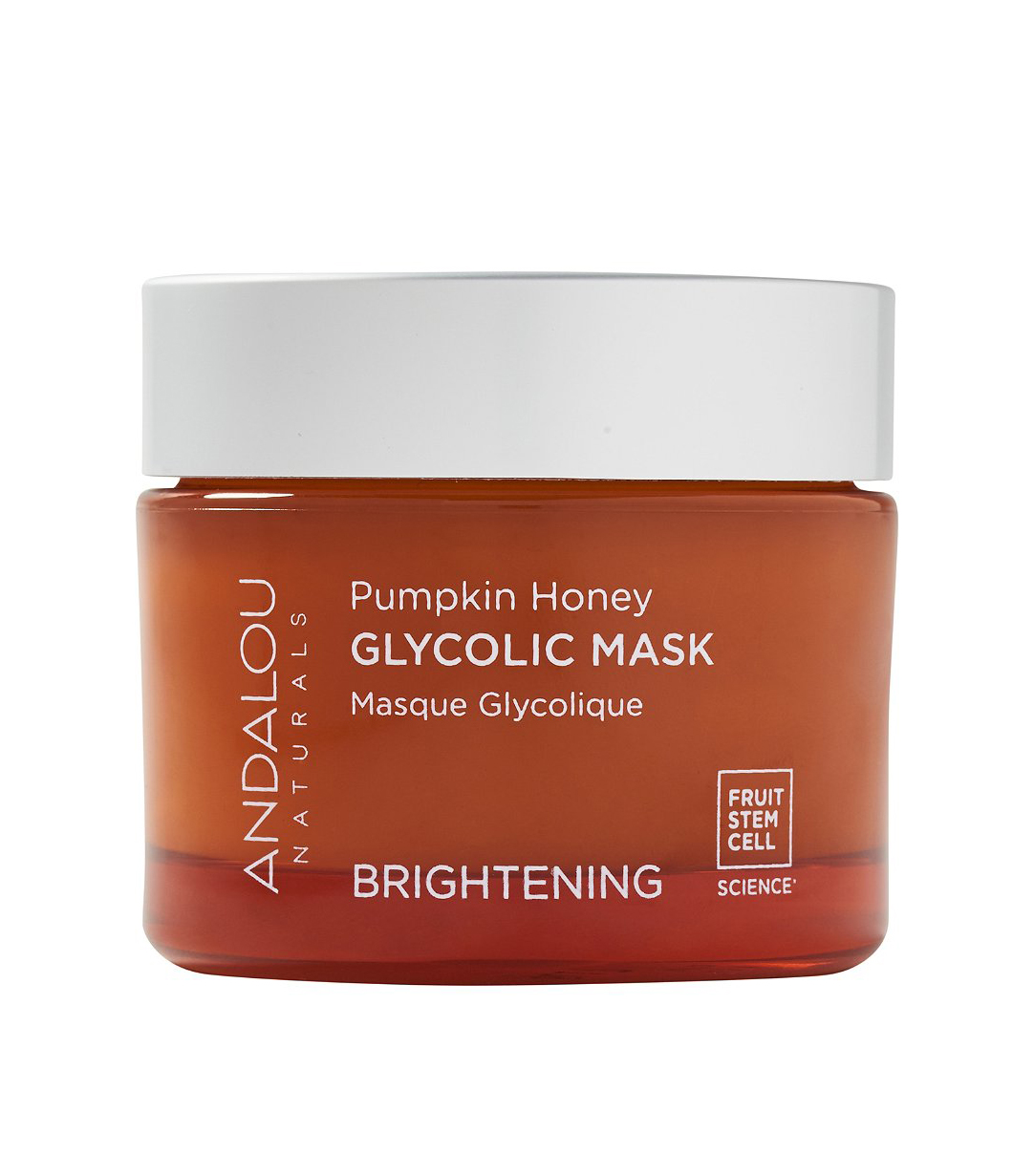
"This mask contains glycolic acid to help eliminate dead skin cells at the surface as well as vitamin C, organic pumpkin, manuka honey, and fruit stem cells to help brighten the skin," Garshick says. "By helping to eliminate dead skin cells, it can help to prevent milia and can be used one to two times per week."
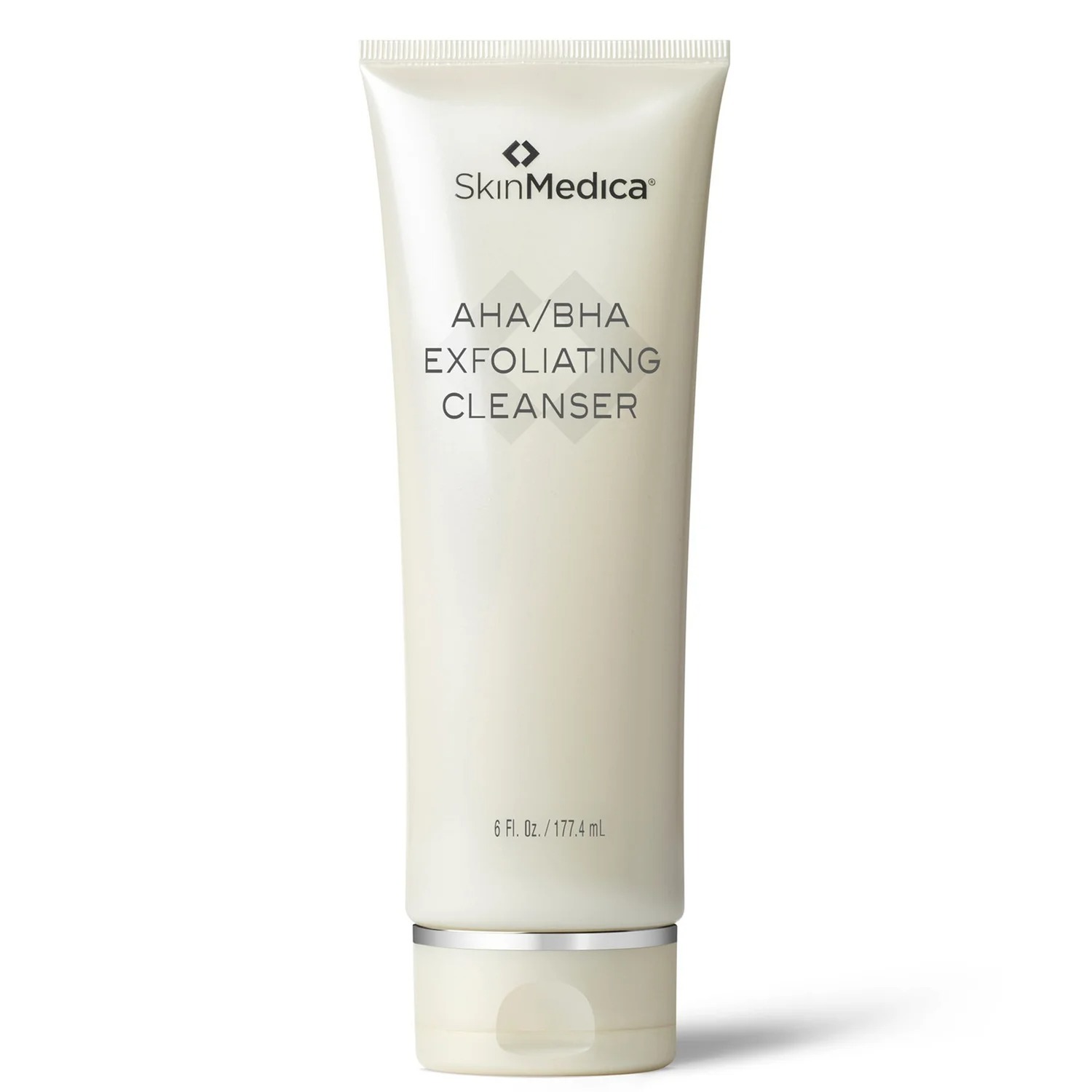
"SkinMedica's AHA/BHA Exfoliating Cleanser is an absolute favorite," Viscusi says. "It contains salicylic acid as well as a blend of fruit extracts to effectively cleanse and exfoliate pores."
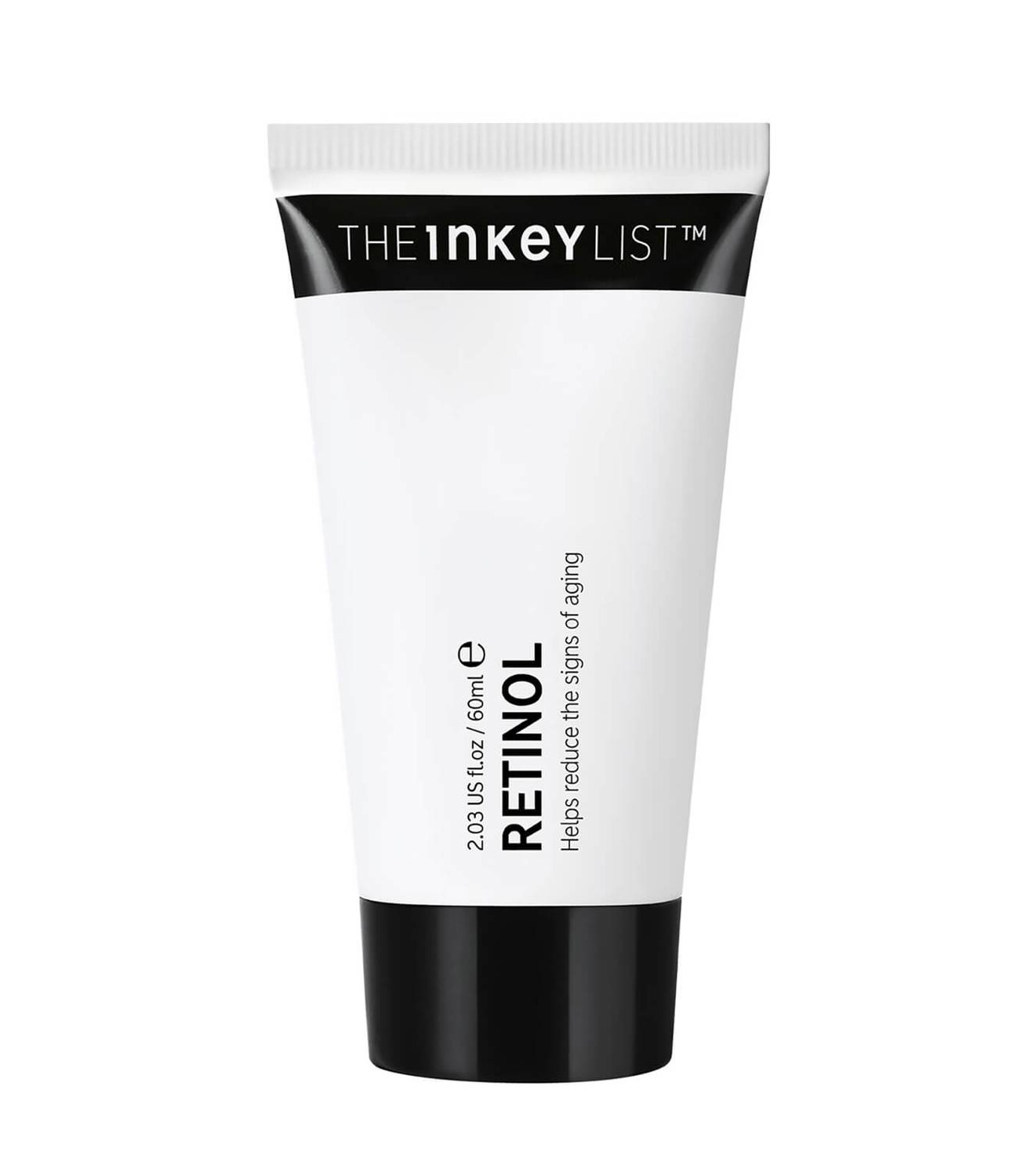
"It may not be extremely helpful for removal, but retinols can help in reducing recurrence and new lesions. This gentle product can be used regularly," Liu says.
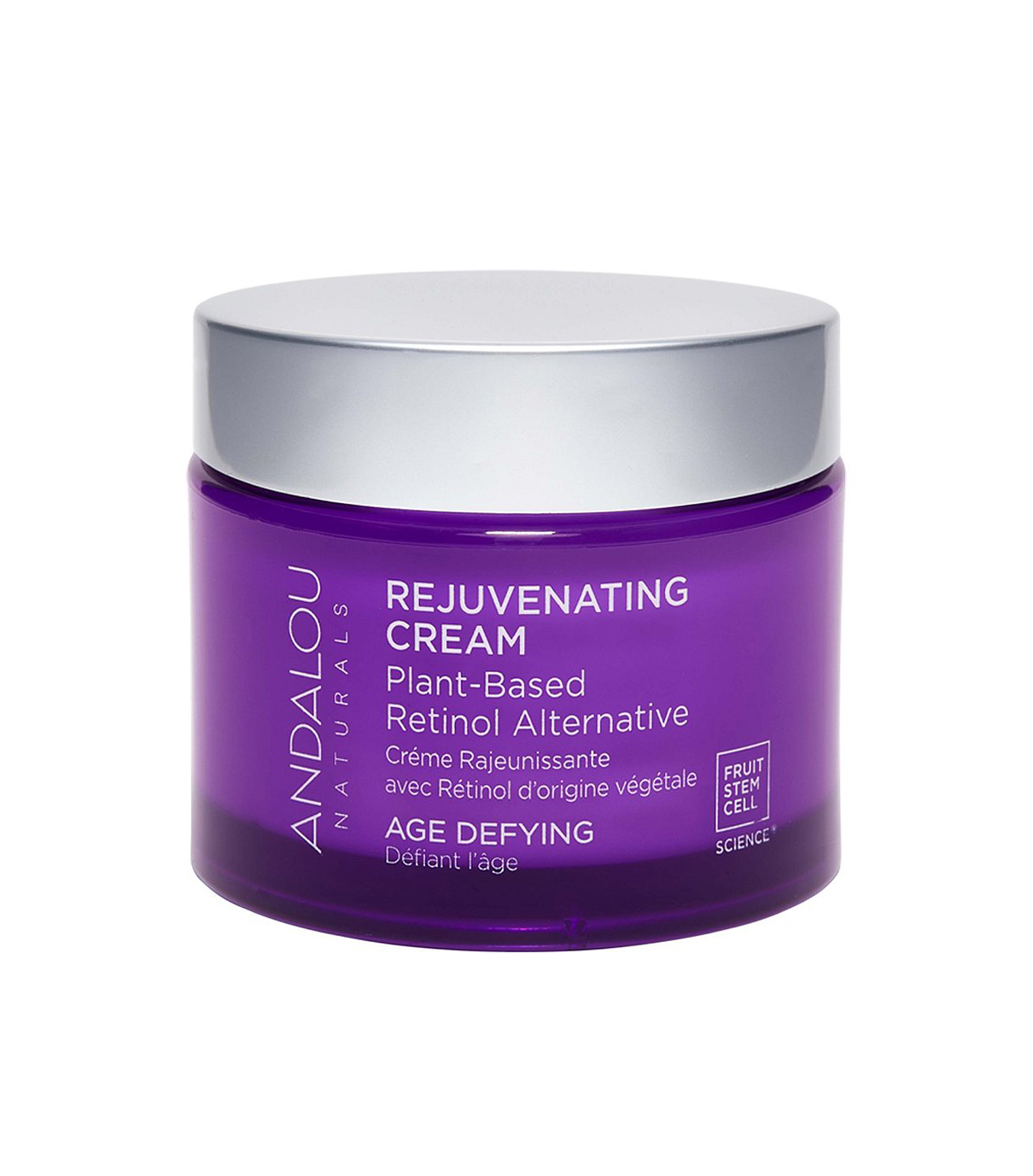
"For those who can't tolerate or prefer to avoid retinoids, this cream contains bakuchiol, which works similarly to regulate skin-cell turnover and boosts collagen production so can help with milia in addition to fine lines and wrinkles," Garshick says.
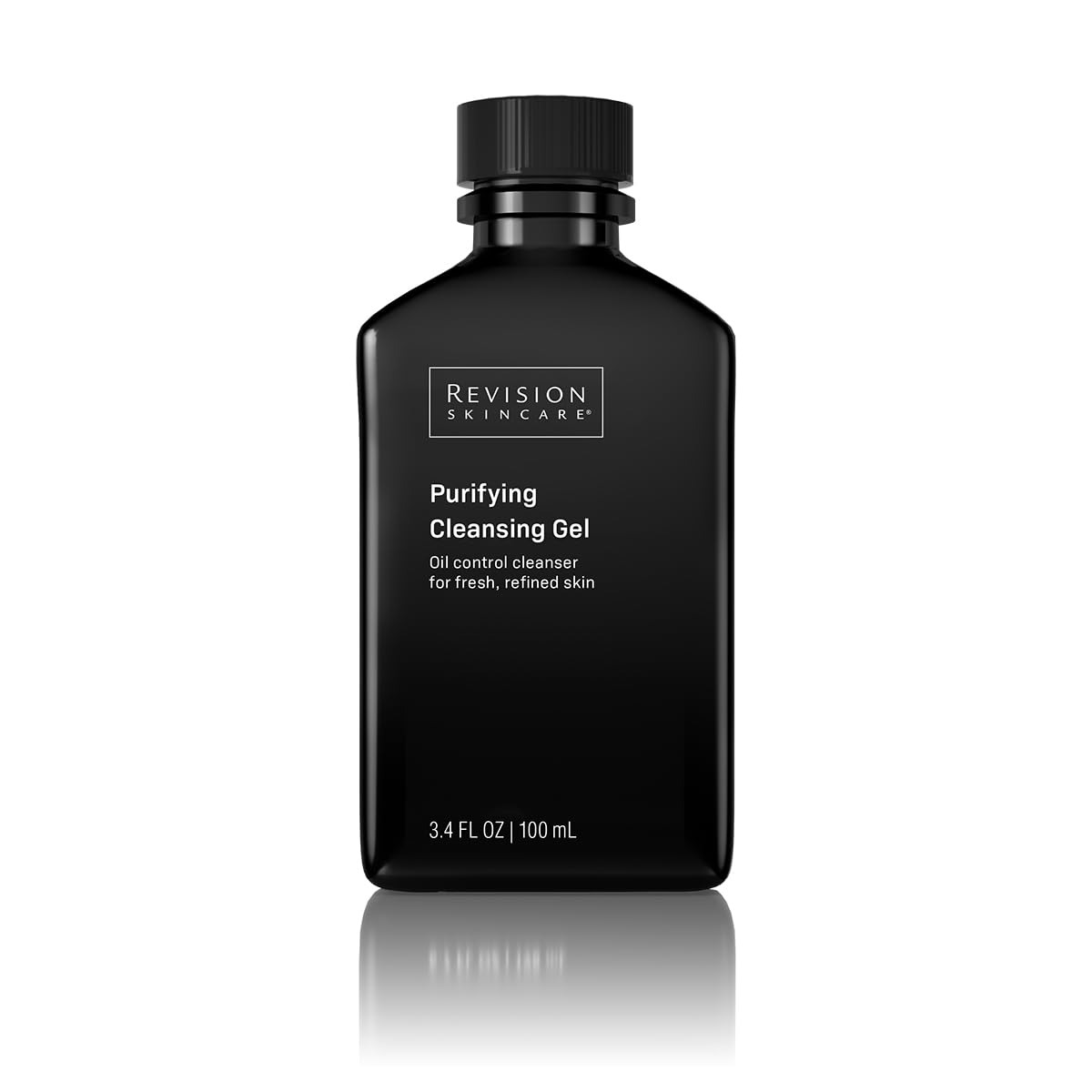
"The Revision Skincare Purifying Cleansing Gel is another go-to salicylic acid cleanser," Viscusi says. "The super-concentrated formulation deeply cleans pores and removes oil and impurities as lactic and salicylic acids exfoliate and clarify the skin."
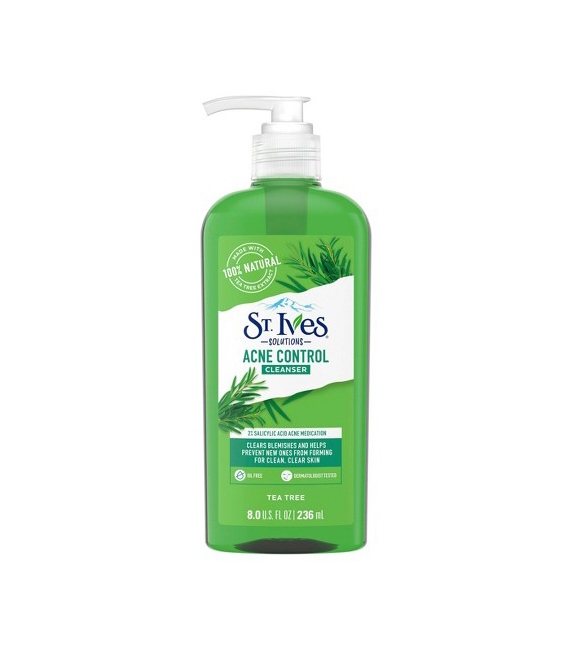
"This cleanser contains salicylic acid, a beta hydroxy acid, which works to exfoliate and reduce oil, as well as tea tree extract to help eliminate excess oil, buildup, and dirt to both prevent and treat milia and other breakouts. This oil-free cleanser helps unclog pores," Garshick says.

This formula contains both a retinoid and lactic acid. "As lactic acid is a larger molecule, it does not penetrate the skin deeply, leading to less irritation," Rodney says. "The retinoid reduces skin-cell turnover to break up debris in clogged pores and reduces oil production in the skin."

A scrub can help unclog pores. This one combines silica, glycerin, and aloe extract.
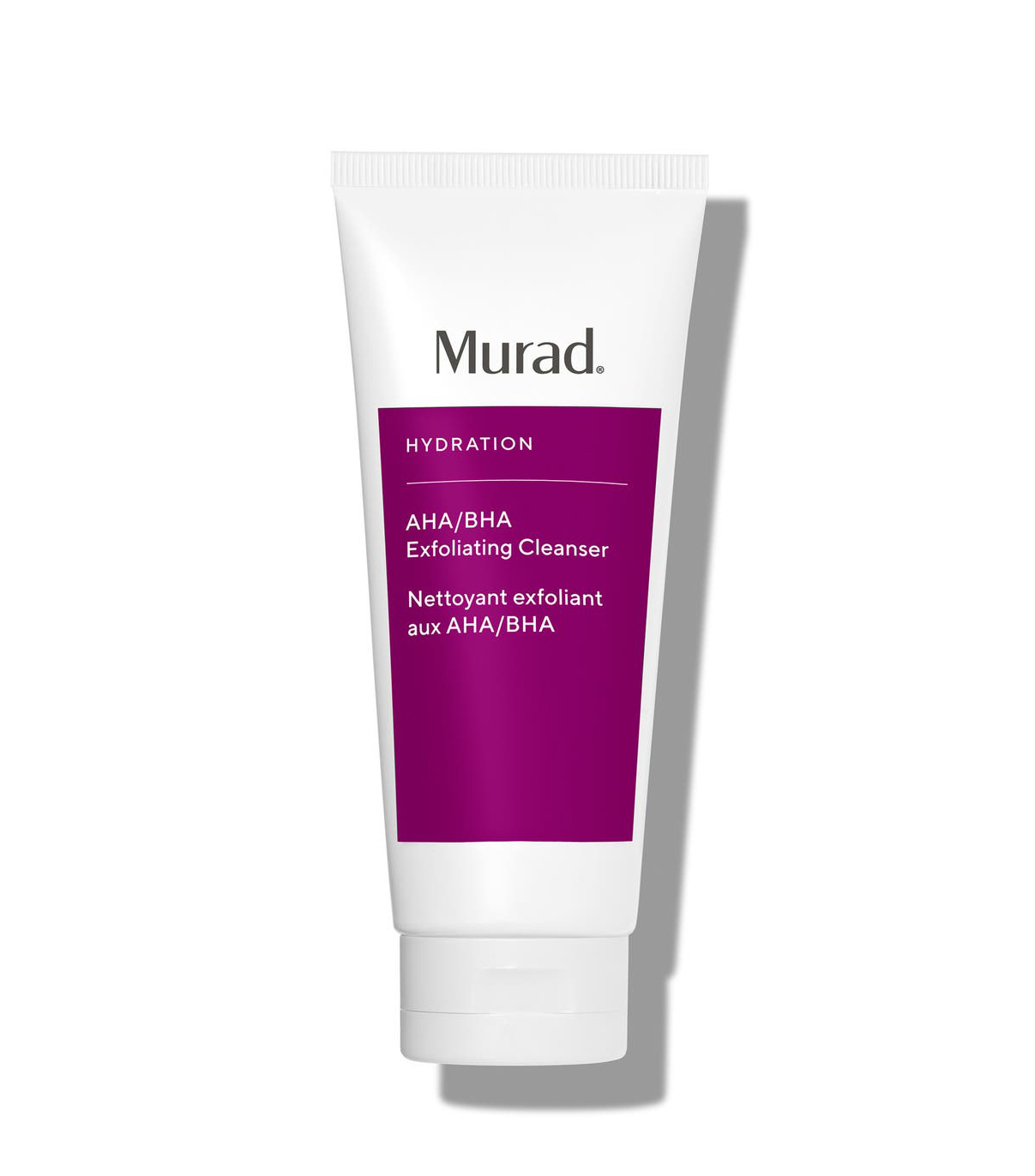
With a blend of salicylic, lactic, and glycolic acids, Murad's cleanser can be used two to three times a week for exfoliation.
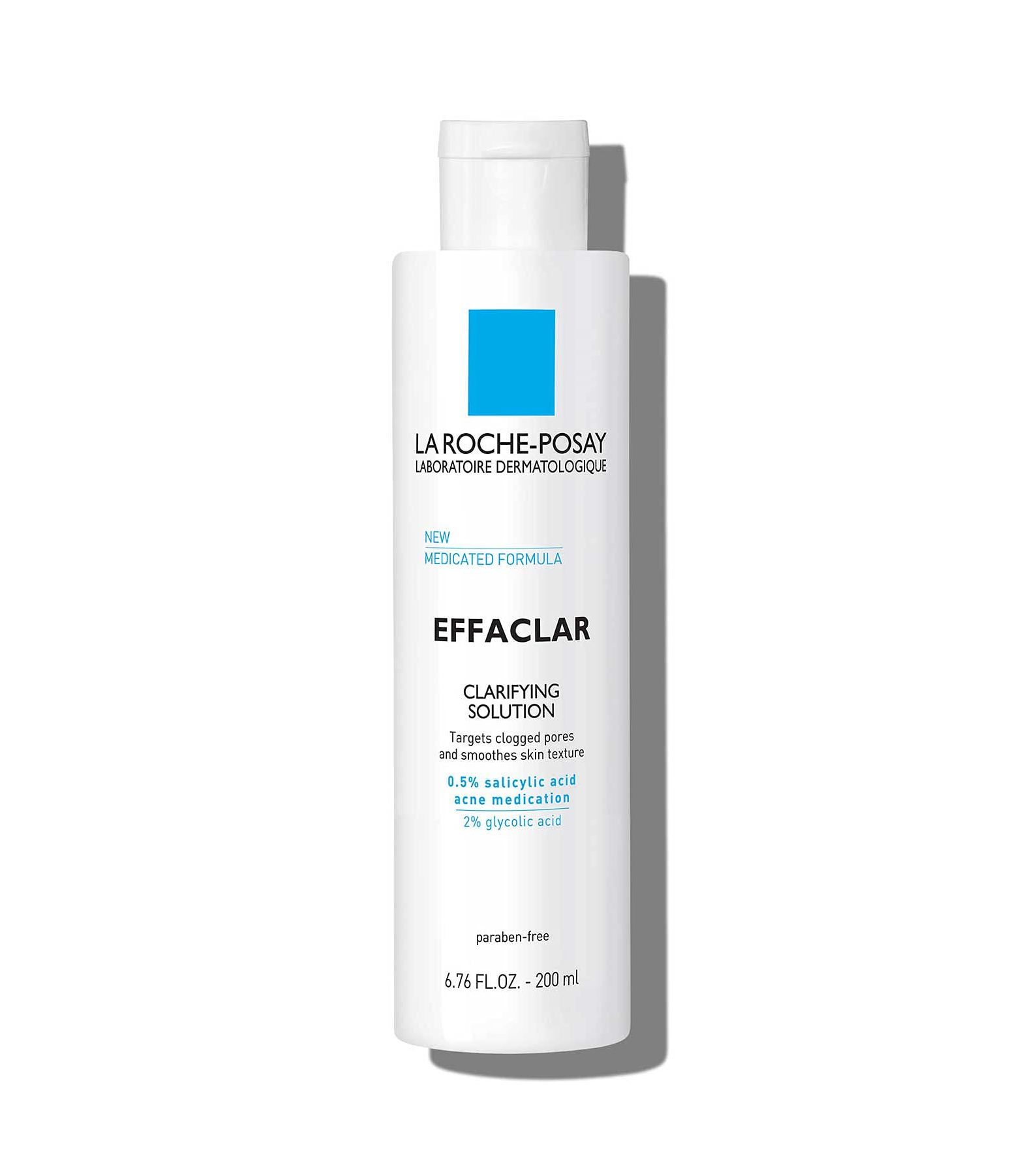
Try this toner to remove pore-clogging debris and dead skin cells. It's formulated with salicylic and glycolic acids.

Dr. Dennis Gross's Alpha Beta Daily Peel pads are legendary, and these are the extra-strength version, so you know they're going to really get the job done.

Here's another formula for people who might be especially sensitive to retinol. This serum contains 0.3% retinol (moderate strength) and 2% bakuchiol (a plant-derived ingredient with similar benefits to retinol).
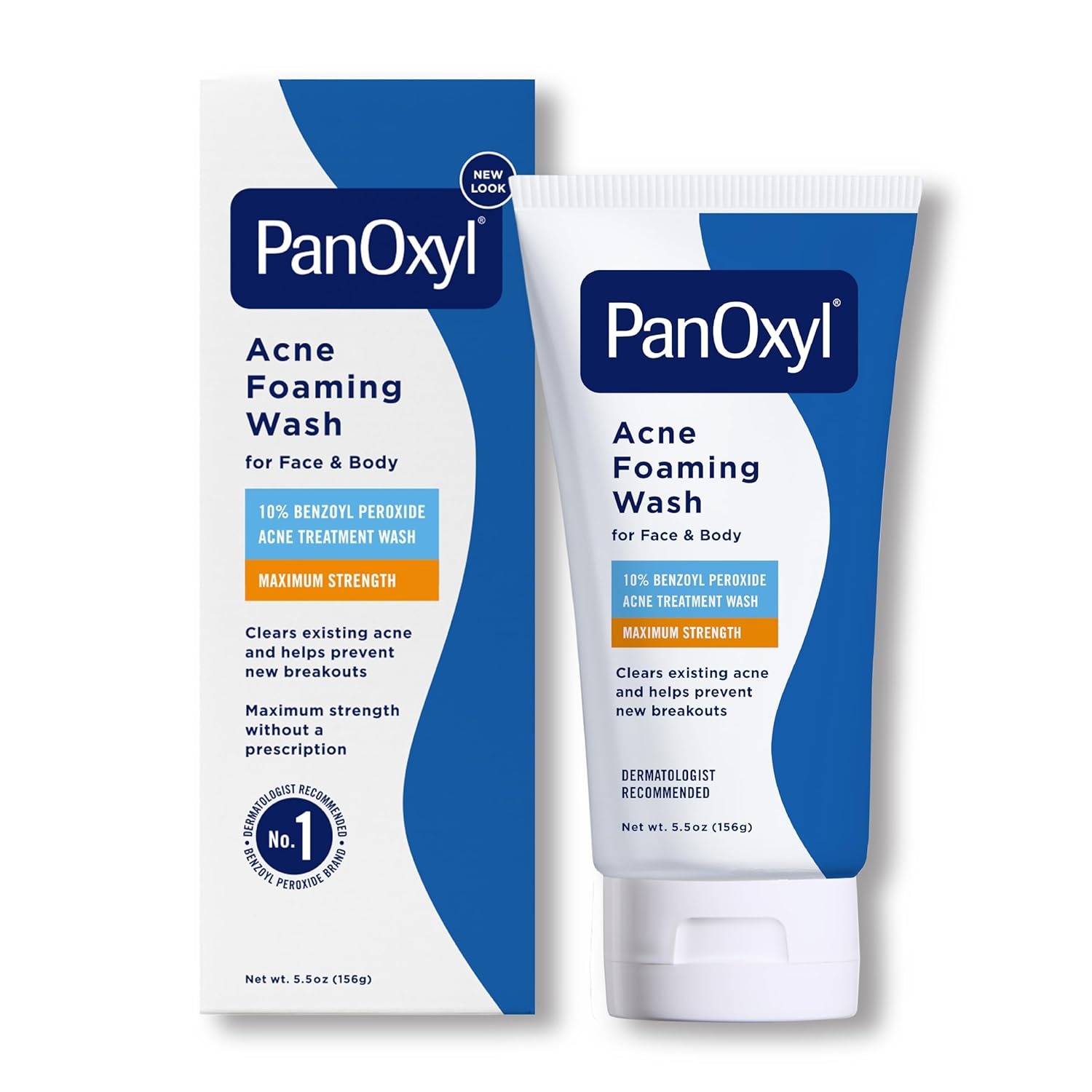
PanOxyl's face wash is great if you're dealing with acne in addition to some milia. Its key ingredient is benzoyl peroxide, which kills acne-causing bacteria and prevents new pimples from forming.
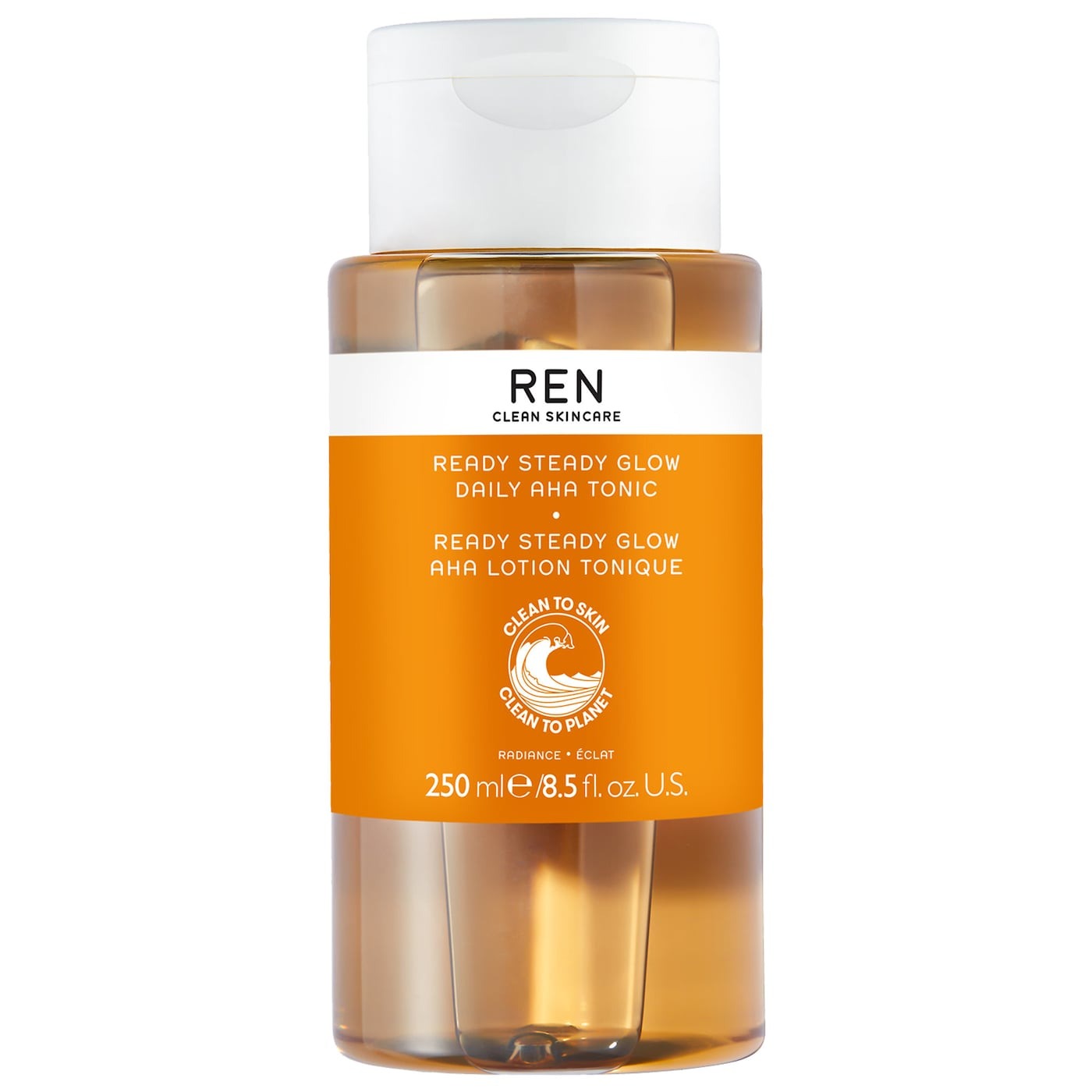
This resurfacing toner contains lactic acid and willow-bark extract to encourage your skin to exfoliate naturally. It's also formulated with azelaic acid to brighten and even the skin tone.
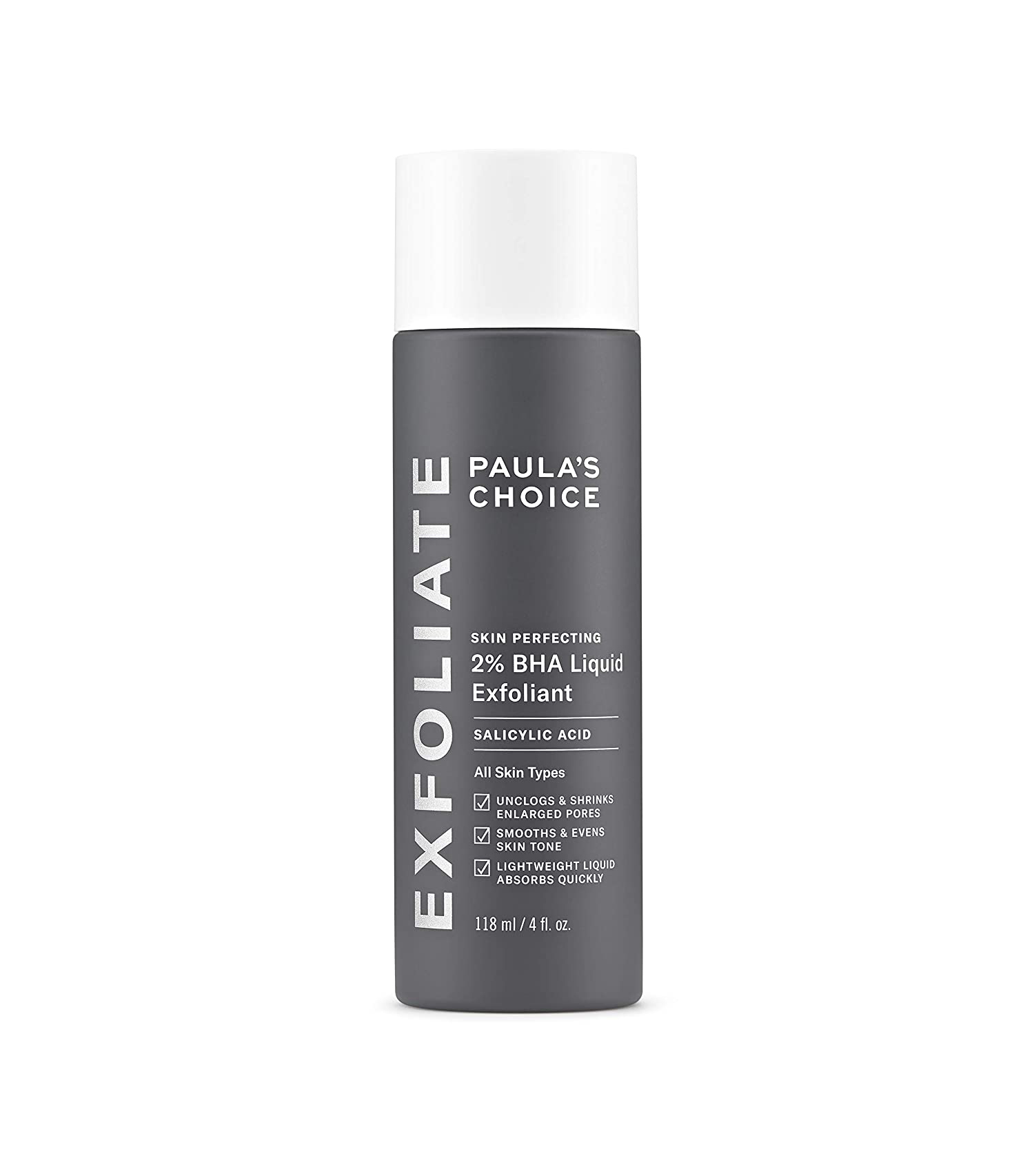
A highly rated favorite with so many people, Paula's Choice's salicylic acid liquid exfoliant unclogs pores and targets the signs of aging.
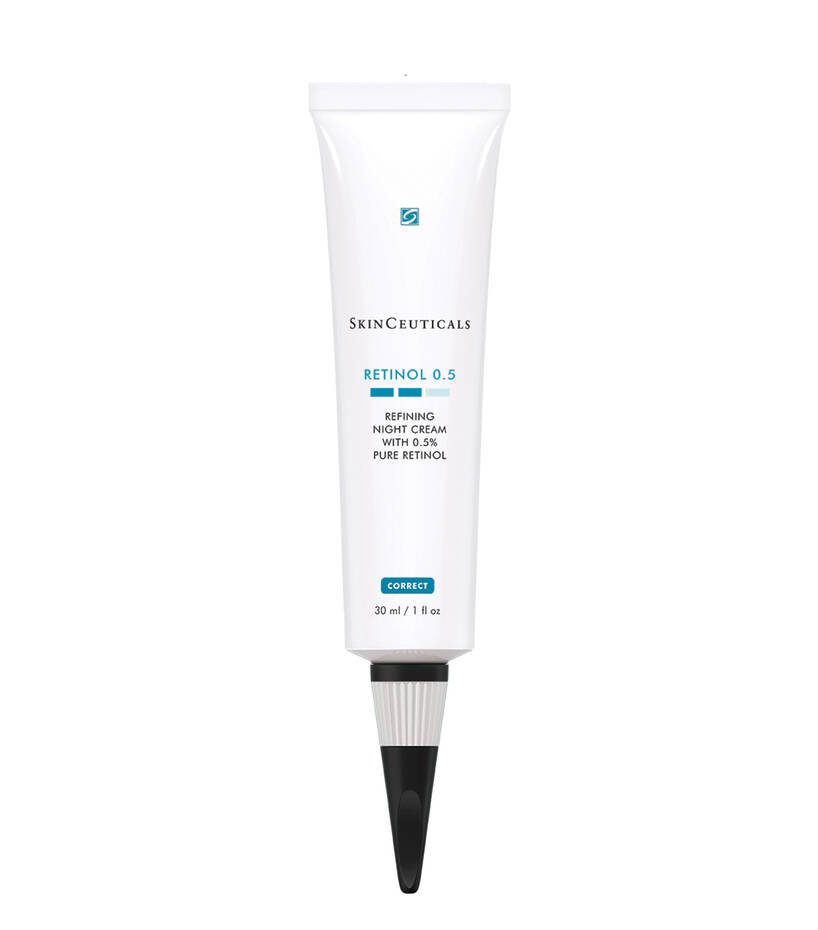
Use this retinol night cream to promote cell turnover. If you're worried about irritation, don't stress—it's specially formulated to minimize any redness or dryness.
This article was originally published at an earlier date and has since been updated.
Sarah is lifestyle writer and editor with over 10 years of experience covering health and wellness, interior design, food, beauty, and tech. Born and raised in Los Angeles, she attended New York University and lived in New York for 12 years before returning to L.A. in 2019. In addition to her work at Who What Wear, she held editor roles at Apartment Therapy, Real Simple, House Beautiful, Elle Decor, and The Bump (sister site of The Knot). She has a passion for health and wellness, but she especially loves writing about mental health. Her self-care routine consists of five things: a good workout, “me” time on the regular, an intriguing book/podcast/playlist to unwind after a long day, naps, and decorating her home.
-
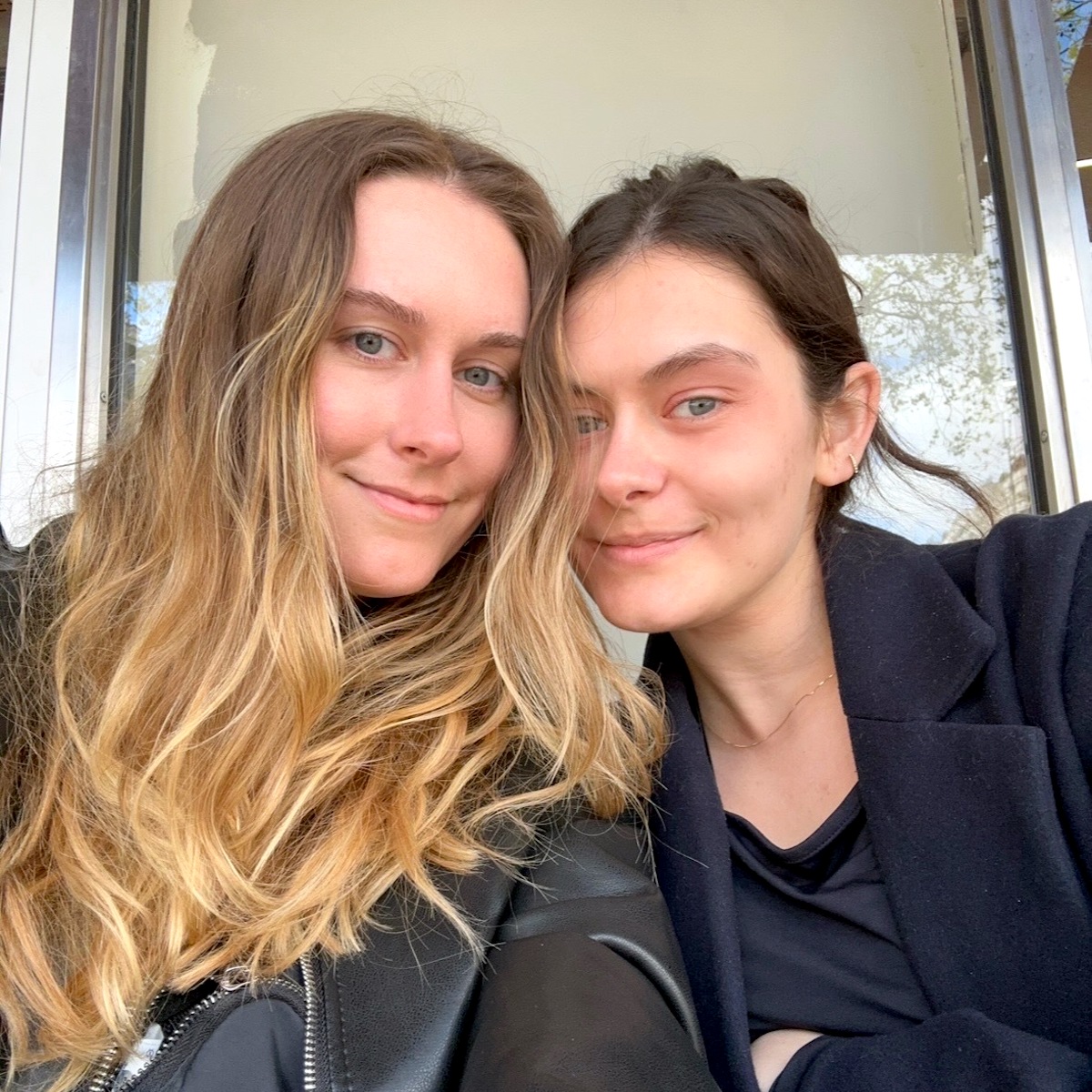 My Sister and I Have Opposite Skin Types, But These Products *Magically* Work for Both of Us
My Sister and I Have Opposite Skin Types, But These Products *Magically* Work for Both of UsThese are our "unicorn" products.
By Kaitlyn McLintock
-
 I Polled Our Editor Slack Channel—10 French Beauty Products We’d Buy From Ulta’s Spring Sale
I Polled Our Editor Slack Channel—10 French Beauty Products We’d Buy From Ulta’s Spring SaleBy Alyssa Brascia
-
 5 Underrated Pillars of Youthful and Glowing Skin, According to Zendaya's Facialist
5 Underrated Pillars of Youthful and Glowing Skin, According to Zendaya's FacialistI'm taking so many notes.
By Shawna Hudson
-
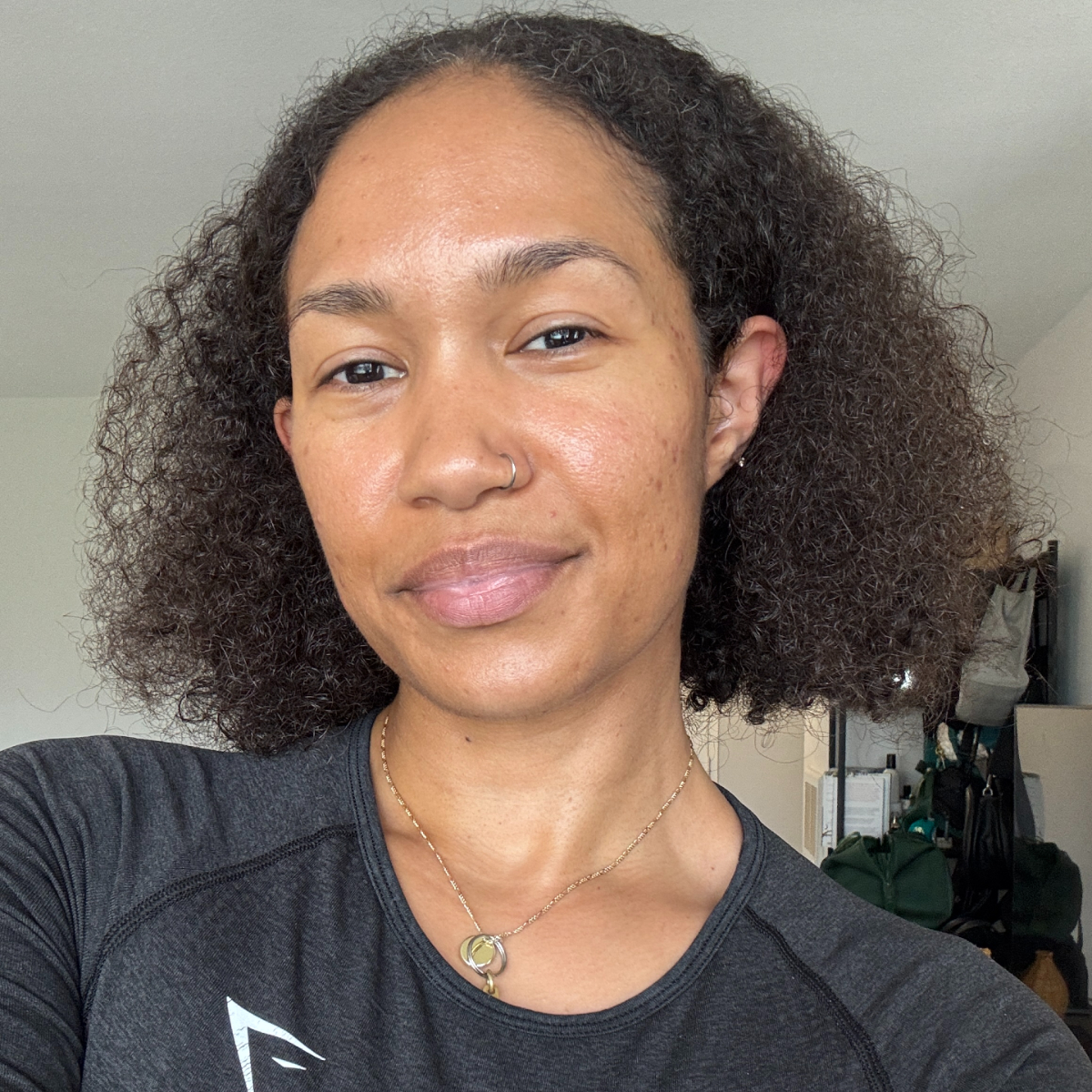 Aestheticians on Instagram Can't Stop Raving About This Acne-Clearing Serum, so I Tried It
Aestheticians on Instagram Can't Stop Raving About This Acne-Clearing Serum, so I Tried ItIt's perfect for sensitive skin.
By Shawna Hudson
-
 I Just Visited the Rainforest—These Were the Beauty Products That Proved Essential
I Just Visited the Rainforest—These Were the Beauty Products That Proved EssentialTravel dryness? I don't know her.
By Shawna Hudson
-
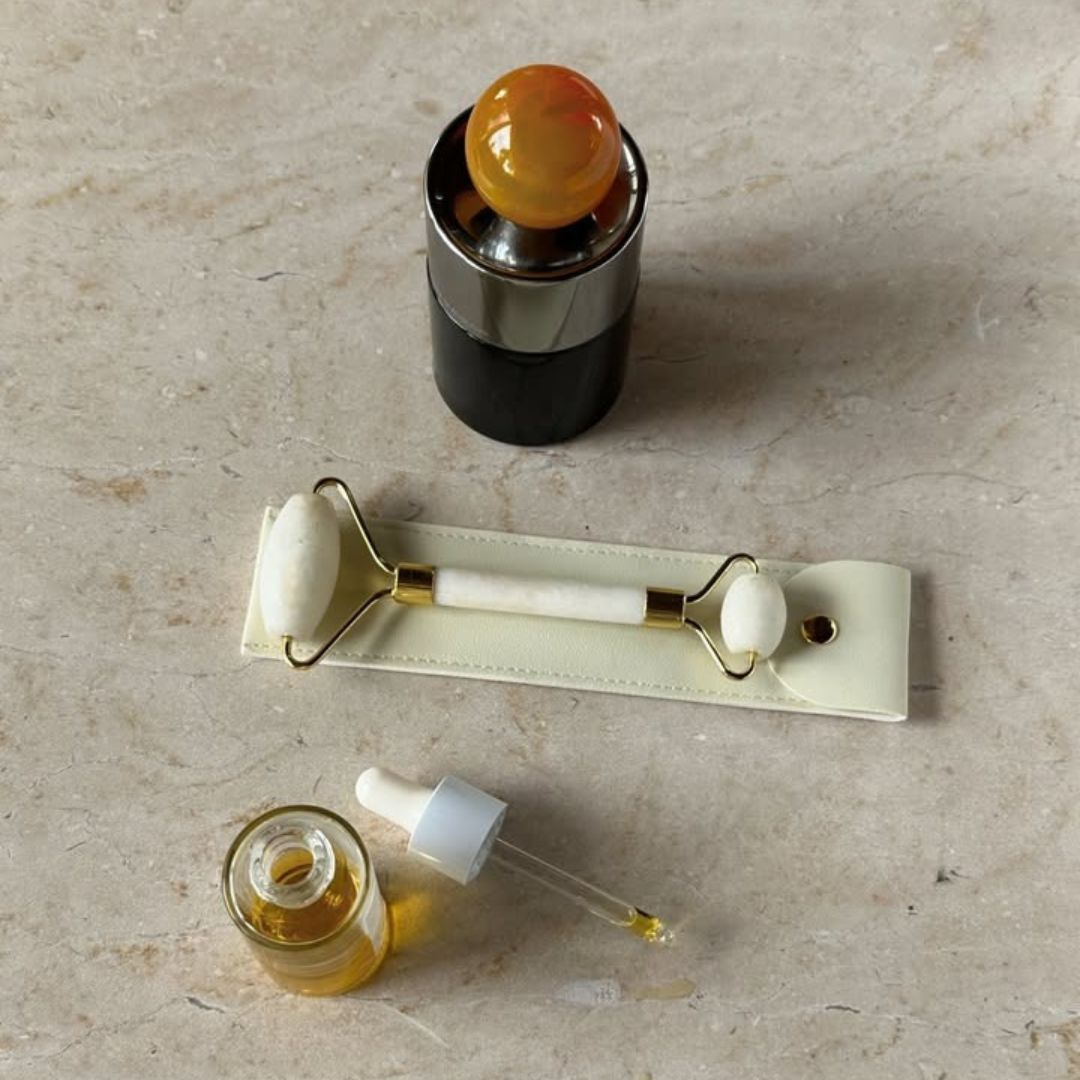 The Numbers Don't Lie—WWW Readers Shop These 11 Products the Most, and They're on Sale RN
The Numbers Don't Lie—WWW Readers Shop These 11 Products the Most, and They're on Sale RNSaving on your faves is basically a profit… It's girl math.
By Alyssa Brascia
-
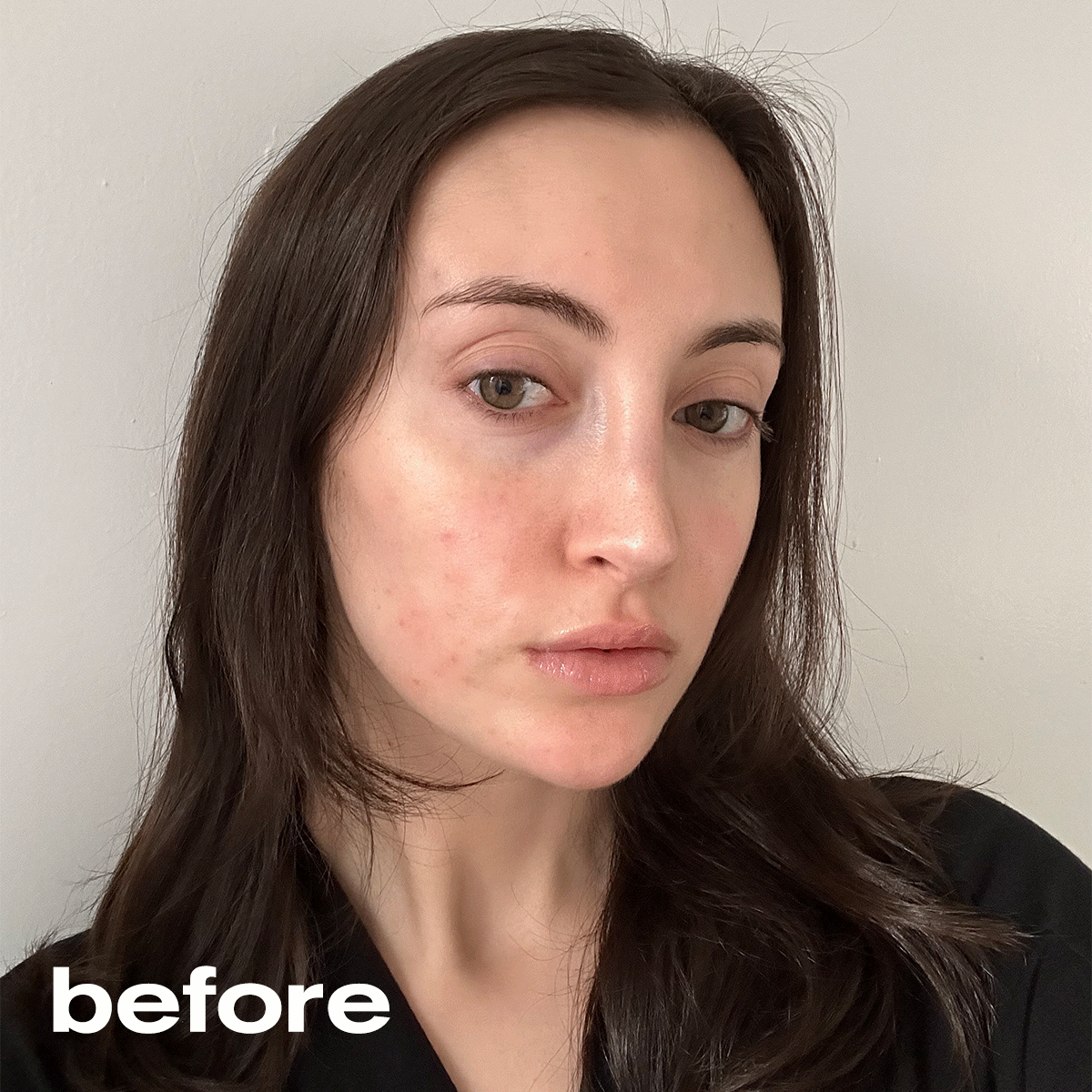 Chic Londoners Love This Ultra-Light Moisturizer, and No Lie, It Saved My Angry Winter Skin
Chic Londoners Love This Ultra-Light Moisturizer, and No Lie, It Saved My Angry Winter SkinIts key ingredient changed everything.
By Alyssa Brascia
-
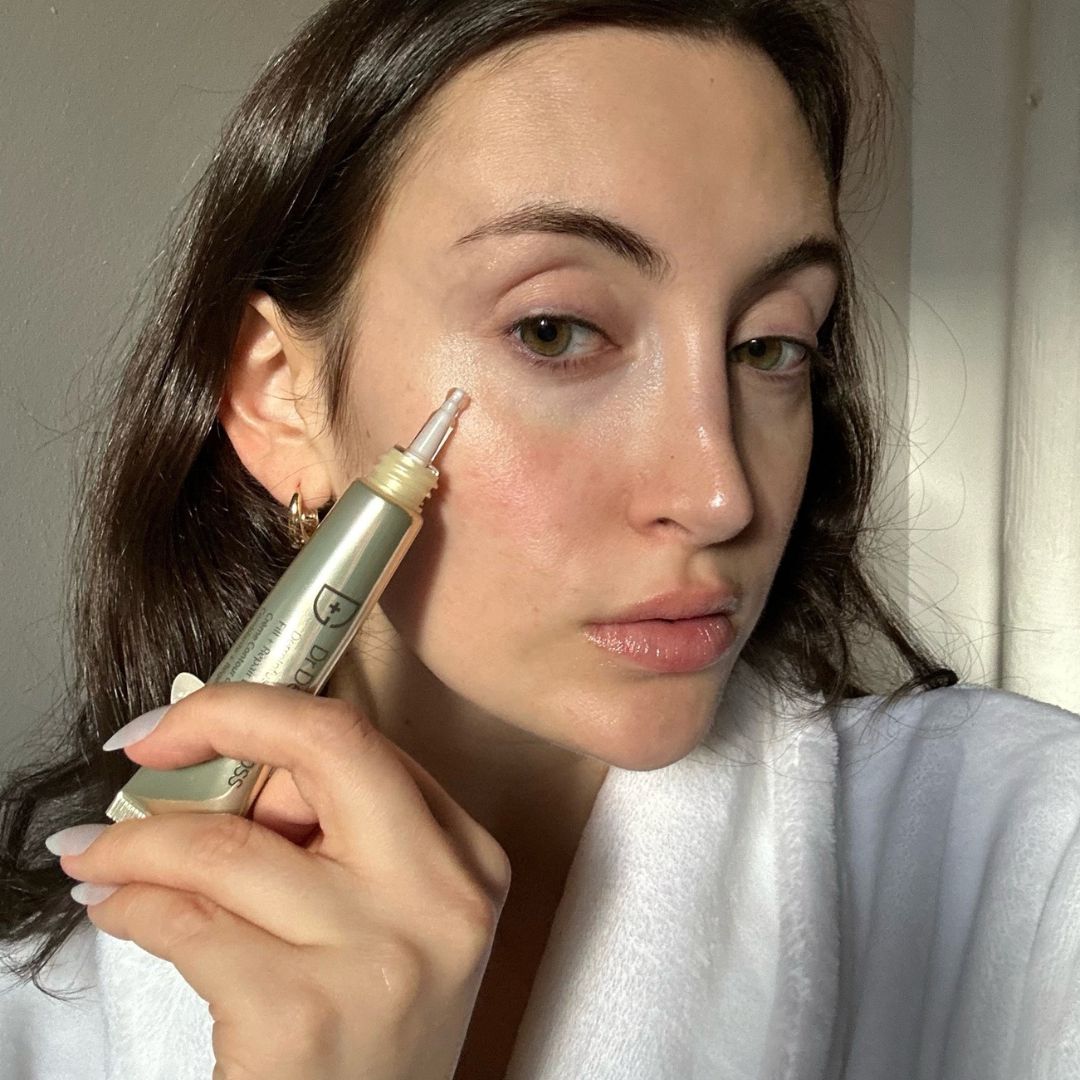 Cancel Your Filler Appointment—This Derm-Developed Eye Cream Is Your Needle-Free Alternative
Cancel Your Filler Appointment—This Derm-Developed Eye Cream Is Your Needle-Free AlternativeI can’t believe my eyes (pun intended).
By Alyssa Brascia
